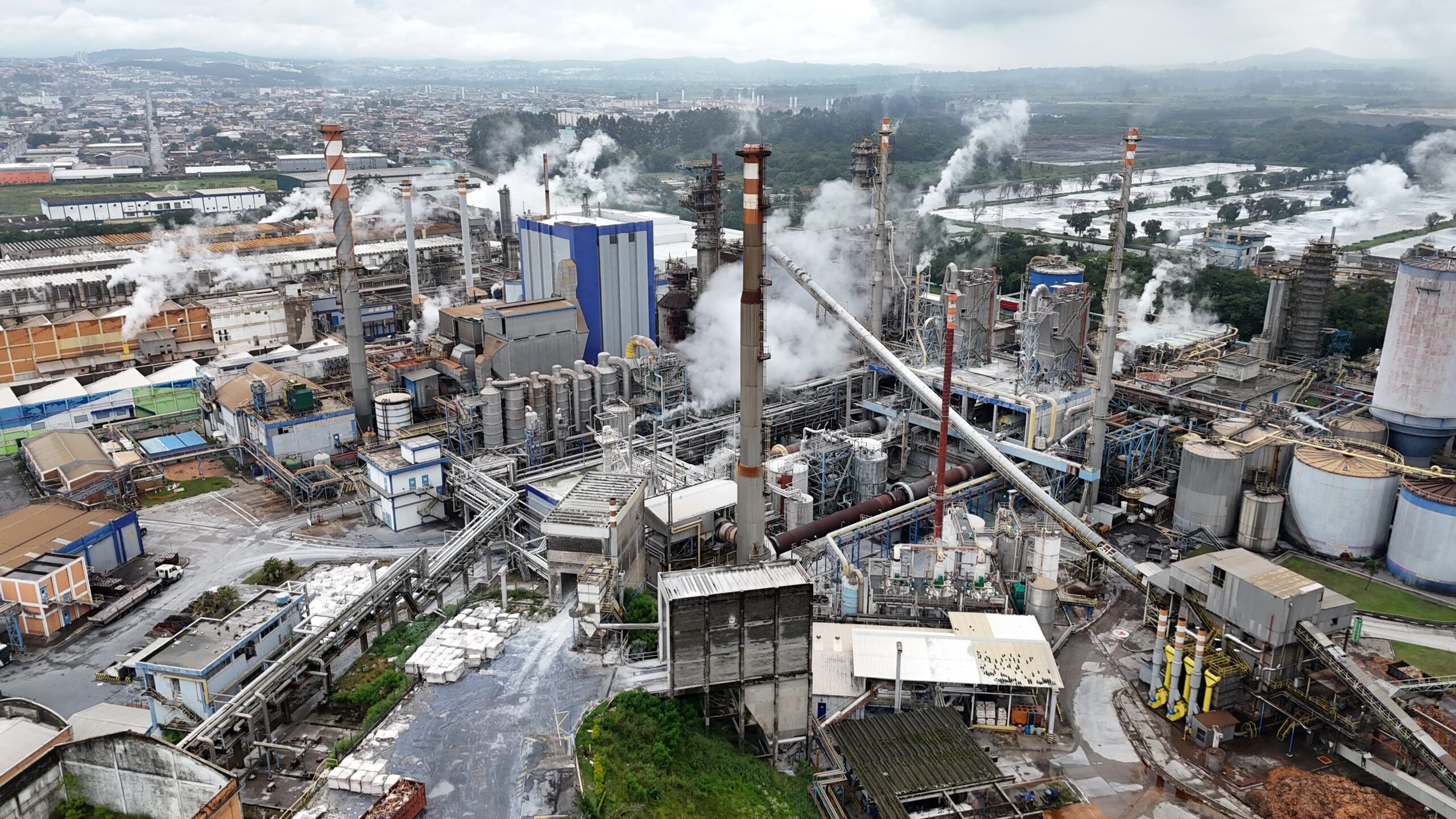Hydrovanguard: challenges and innovations in water management for the future

Innovative water management: addressing the challenges of access to and reuse of the most vital resource
Water is fundamental to human life and well-being, as well as to the preservation of biodiversity, environmental health and the existence of all forms of life on the planet. Water management faces critical challenges, such as the scarcity of water resources due to climate change, depletion of aquifers, pollution of water sources by industrial and agricultural activities, and the need to ensure equitable access to water for all communities. In addition, growing urban and agricultural demand requires innovations in water conservation and recycling, while the protection of aquatic ecosystems is becoming increasingly urgent to maintain biodiversity and ecosystem services. In this context, we explore two fundamental aspects: 1) universal access to safe drinking water and 2) water reuse and recycling in urban and industrial settings.
Accessible and safe drinking water: a fundamental human right
Globally, about a quarter of the population lacks access to safe drinking water. This represents both a humanitarian and a public health challenge. According to Álvaro Silva, an expert in the field, the key is to develop low-cost technologies that can be implemented in less developed regions, guaranteeing quality water for all. Here are some outstanding innovations in water access and purification:
Low-cost filtration and purification systems:
Technology has enabled the development of efficient and economical filtration and purification systems, crucial for communities in regions with limited resources. A prime example is the ceramic silver-impregnated filter, a simple but effective solution. These filters, used in countries such as Bangladesh and Nicaragua, remove pathogens from water, making it safe for consumption without the need for electricity or complex chemicals.
Rainwater harvesting and efficient desalination technologies:
Rainwater harvesting is an age-old technique, but recent innovations have improved its efficiency and viability. Systems such as advanced roof collectors and storage tanks allow communities to capture and store rainwater for domestic and agricultural use. On the other hand, desalination, which has traditionally been costly and energy intensive, has evolved thanks to methods such as reverse osmosis powered by renewable energy. One example is the desalination plant at Sorek, in Israel, which uses solar energy to provide fresh water on a large scale, significantly reducing cost and environmental impact. The largest desalination plant in Spain and Europe is located in Torrevieja, Alicante and there are no plans at present to use renewable energies produced at the plant itself.
Community-led initiatives for sustainable water management:
Communities play a crucial role in sustainable water management. Community-led initiatives such as education programs on water use efficiency and watershed protection have proven to be effective. The project “Rainwater Harvesting” in India, where local communities build and maintain rainwater harvesting structures showcases how access to water is enhanced, and responsibility and self-reliance in water resource management are encouraged.
These innovations reflect a holistic approach to water access and purification, combining advanced technology with traditional methods and community engagement. They are concrete examples of how creativity and collaboration can overcome one of humanity’s greatest challenges: ensuring safe drinking water for all.
Water recycling and reuse: optimizing the urban and industrial cycle
Water reuse is crucial, especially in areas with scarce water resources. Reuse is not only applicable in urban areas, but also in industry, where the potential for savings and efficiency is significant. Here are some of the emerging technologies that are being implemented:
Advanced wastewater treatment systems:
Modern wastewater treatment systems have advanced significantly, allowing the removal of pollutants and, in addition, the recovery of valuable resources such as water, energy and nutrients. A notable example is the membrane bio-reactor (MBR) technology, which combines the filtration processes with biological treatment, resulting in superior water purification efficiency. There are about 60 plants in Spain using this technology, namely, the Sabadell-Riu Sec facility has the largest treatment capacity of up to 35,000 m3/day, achieving high water quality standards with a lower environmental impact and carbon footprint.
Wastewater treatment plants are transitioning from energy consumers to energy suppliers. One example: the Community of Madrid generates 94,000 megawatt hours of electricity per year from biogas production at its wastewater treatment plants.
Infrastructure for water reuse in agriculture and industry:
Water reuse in agriculture and industry is becoming an increasingly common practice. This involves the use of treated water from urban or industrial sources for applications where potable water is not required. The world’s largest facility of this type is in California: the “Orange County Groundwater Replenishment System” treats wastewater and reuses it to replenish aquifers, providing a sustainable source of water for agriculture and human consumption. In industry, companies such as the brewery Heineken are implementing water reuse systems to reduce their fresh water consumption.
Greywater technology for domestic and industrial recycling:
The use of graywater, i.e., wastewater generated in households and industries (except toilet water), represents a significant emerging technology in the field of water recycling and reuse. This technique consists of collecting and treating graywater for reuse in applications that do not require potable water, such as irrigation, toilet flushing and certain industrial processes.
An innovative example is the greywater recycling system in residential and commercial buildings, which enables occupants to significantly reduce their consumption of drinking water. In Australia, for example, projects such as the Central Park in Sydney have implemented large-scale graywater recycling systems, contributing to sustainability and water efficiency in the urban environment.
In the industrial sector, companies such as L’Oréal have adopted graywater recycling systems to minimize the use of fresh water in their production processes. This approach not only reduces the demand for water resources, but also reduces the load on wastewater treatment systems.
These graywater applications illustrate how technological innovation can transform a previously untapped water source into a valuable resource for conservation and sustainable water management.
For further information, we recommend that you visit the Spanish Desalination and Reutilization Association (AEDyR) and read the report Wastewater – Turning Problem to Solution published by the UN.




